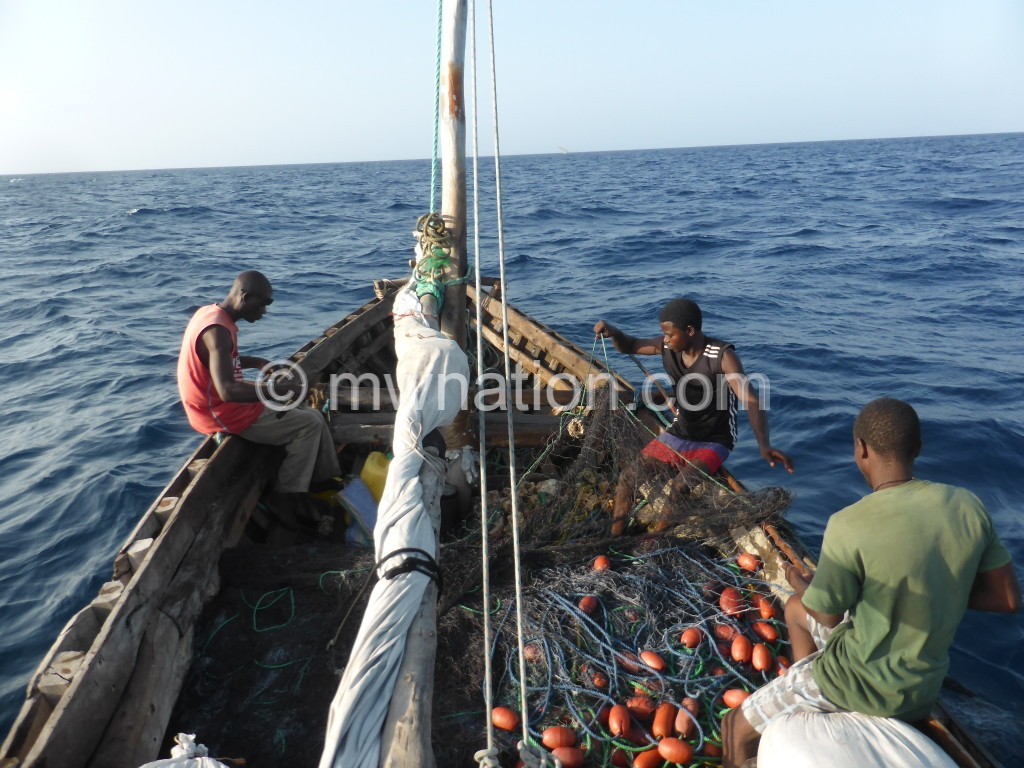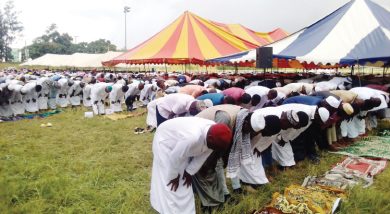A date with Zanzibar’s tourist town
History-rich Zanzibar Island is a perfect destination for a honeymoon. But why leave it to the newlyweds? The island in the Indian Ocean is a must-visit for everyone. Our reporter JOHN CHIRWA visited the tourist island.
It’s Thursday, just before day-break. On the horizon, the sun is creeping up, punctuating the panoramic view of the Indian Ocean as its glow lights up the facades of Zanzibar City’s skyscrapers.

I’m on the rooftop restaurant of Meru Meru Hotel—at the heart of Stone Town, a Unesco World Heritage Site, energising myself for a day-long tour of the town.
My first stop is at an old building under reconstruction.
My tour guide, Goa Omary, points at a heap of lime stones beside the building.
“All buildings in this town are constructed with similar stones; hence, the name Stone Town,” he tells me.
Zanzibar is one of the several islands in the Indian Ocean that form a necklace and bead their way down the shores of East Africa. It is the largest of them all, east of the Tanzanian mainland.
Often times, Zanzibar is referred to as ‘Africa’s Spice Island’ because spices have long been a pillar of the island’s trade-heavy economy.
But today, tourism has become one of its main industries due to its rich history that dates back to the 16th Century.
Omary says the history of Zanzibar begins with its name.
“Zanzibar is actually named Unguja [meaning transit] but referred to as Zanzibar colloquially. From the earliest days of its recorded history, the island has attracted a remarkable number of visitors,” he says.
Omary took me to several historical and cultural sites that attract tourists.
The first site was The Old Fort. This was built by Omani Arabs after expelling the Portuguese in 1699. It was used as a garrison and prison in the 19th Century, and as a terminal of the Zanzibar Railways in 1945.
A new guardhouse was built in 1947 and used as the ladies’ club. And an Amphitheatre was added in the 1990s. It is now the headquarters of the Zanzibar International Film Festival.
Next to visit was the ‘House of Wonder’. This is said to be the first building in East Africa to use electricity, piped water and an electronic lift.
“People were wondering at the sight of these; hence, the name house of wonder,” says Omary.
The building is now used as a National Museum for Zanzibar. A few metres away from it is the Palace Museum.
Omary says the Palace Museum is the house Sultan Seyyid Said bin Sultan – sultan of Oman used to stay when he visited Zanzibar.
“Sultan was doing slave trade and spice plantation. So, Zanzibar was central in transporting slaves overseas. It was a big market for slaves,” he says.
He took me to the Former Slave Market Site at St Monica of the Anglican Church to prove his point. Close to it is St Joseph Catholic Church which was built in 1862, the oldest church in Zanzibar.
On the coast, a Prison Island for the slaves is also seen which sits side by side with the Grave Island where those who died in a war with the Portuguese were buried.
Zanzibar also boasts of hosting the body of Dr David Livingstone at the Old British Consulate.
The British Consulate was set up by the first consul captain Hammerton in 1841, and remained so until 1874. Many explorers, including Burton and Speke stayed there, and Livingstone’s body was brought there on its way back to England.
Later, it became the headquarters of a British shipping firm Smith Mackenzie, and thereafter of the Zanzibar State Trading Corporation.
Today, Zanzibar has a population of about two million where 95 percent are Muslims, with the Hindu and Christians sharing the other percentage.
According to Omary, the island has 54 mosques, two churches and seven Hindu temples.
Because of the high population of Muslims, food tourism has flourished in the city, more especially at night.
Foroghani Park is the hub for food tourism. The park overlooks the Indian Ocean where there is a floating restaurant and bar.
“Muslims break a fast at night. So, people usually come here for food after breaking a fast.
“As such, this place has earned itself as a chilling place for people at night even when we are not in the month of Ramadhan,” says Omary.
It was now night. And my tour had to come to an end. But I would do myself injustice if I did not visit the park.
I just had to. Here, Zanzibar Pizza with a bottle of sugarcane juice is the delicacy.





